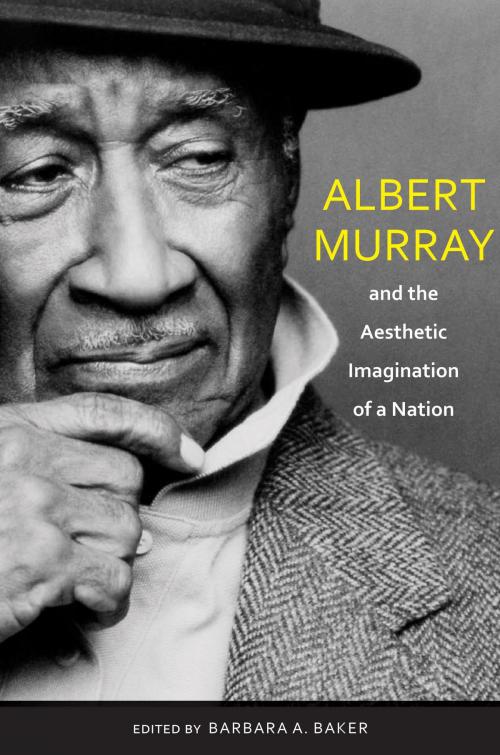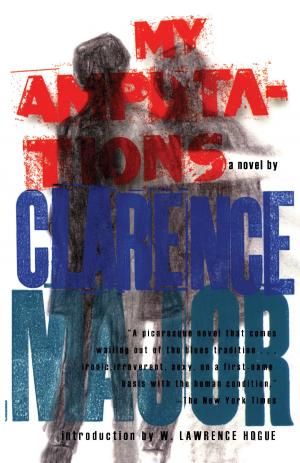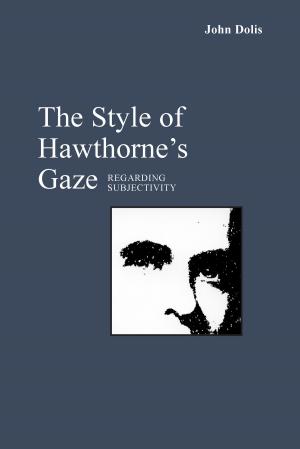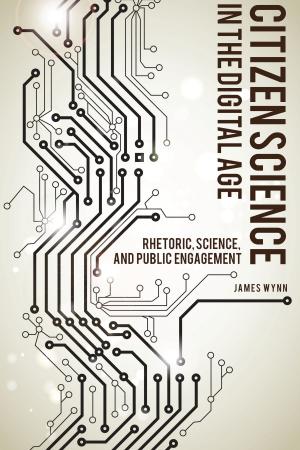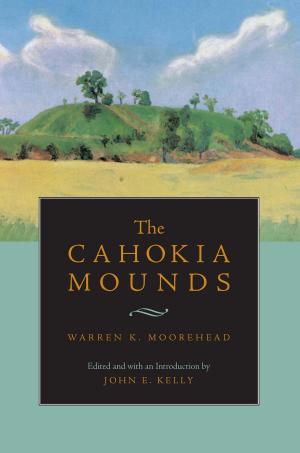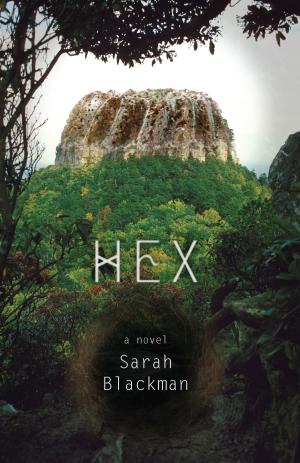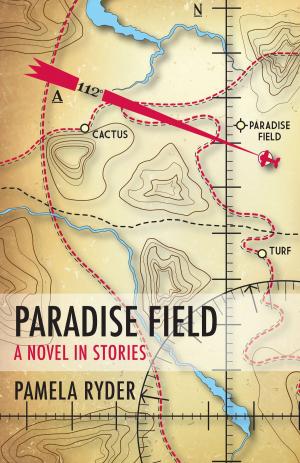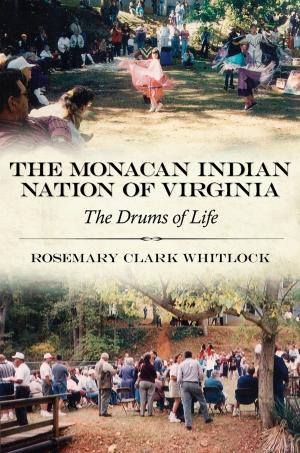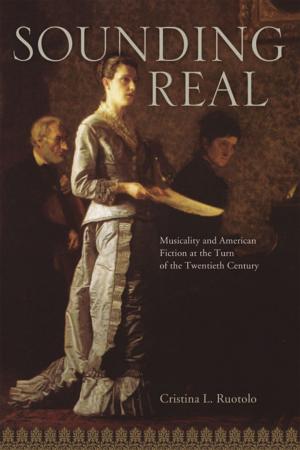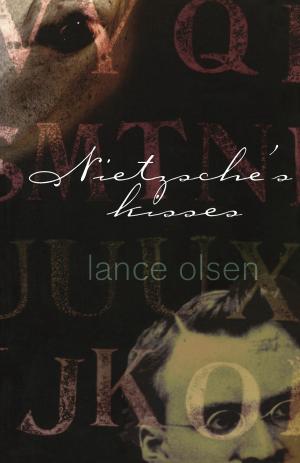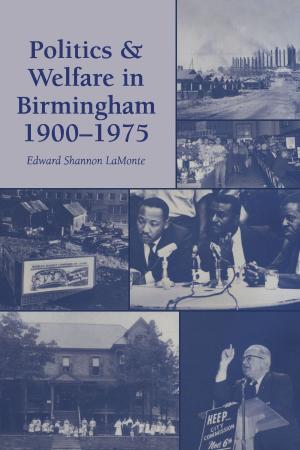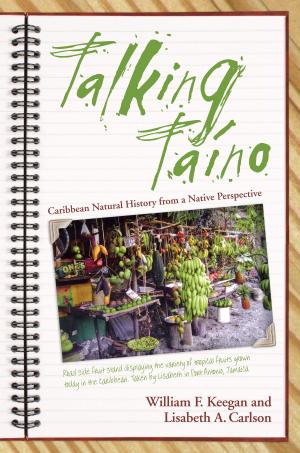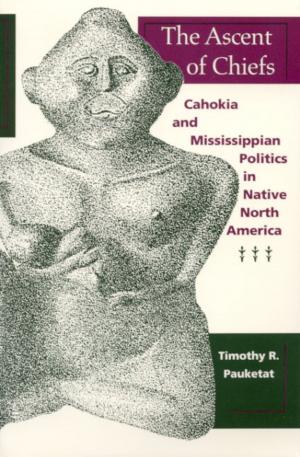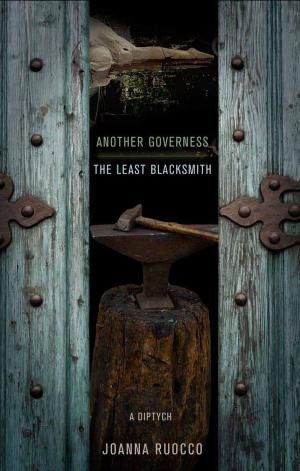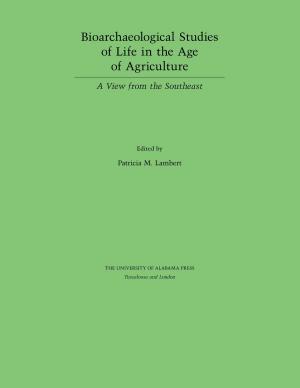Albert Murray and the Aesthetic Imagination of a Nation
Fiction & Literature, Literary Theory & Criticism, Black, American| Author: | Barbara A. Baker, Louis A Rabb, Roberta S. Maguire, Lauren Walsh, John F Callahan, Carol Friedman, Albert Murray, Greg Thomas, Anne-Katrin Gramberg, Caroline Gebhard, Don Noble, Maurice Pogue, Bert Hitchcock, Jay Lamar, Sidney Offit, Sanford Pinsker, Paul Devlin, Gail Buckley, Elizabeth Mayer Fiedorek, Eugene Holley, Robin DuBlanc | ISBN: | 9780817384883 |
| Publisher: | University of Alabama Press | Publication: | July 26, 2010 |
| Imprint: | Pebble Hill Books | Language: | English |
| Author: | Barbara A. Baker, Louis A Rabb, Roberta S. Maguire, Lauren Walsh, John F Callahan, Carol Friedman, Albert Murray, Greg Thomas, Anne-Katrin Gramberg, Caroline Gebhard, Don Noble, Maurice Pogue, Bert Hitchcock, Jay Lamar, Sidney Offit, Sanford Pinsker, Paul Devlin, Gail Buckley, Elizabeth Mayer Fiedorek, Eugene Holley, Robin DuBlanc |
| ISBN: | 9780817384883 |
| Publisher: | University of Alabama Press |
| Publication: | July 26, 2010 |
| Imprint: | Pebble Hill Books |
| Language: | English |
This collection consists of essays written by prominent African American literature, jazz, and Albert Murray scholars, reminiscences from Murray protégés and associates, and interviews with Murray himself. It illustrates Murray’s place as a central figure in African American arts and letters and as an American cultural pioneer.
Born in Nokomis, Alabama, and raised in Mobile, Albert Murray graduated from TuskegeeUniversity, where he later taught, but he has long resided in New York City. He is the author of many critically acclaimed novels, memoirs, and essay collections, among them The Omni-Americans, South to a Very Old Place, Train Whistle Guitar, The Spyglass Tree, and The Seven League Boots. He is also a critic and visual artist, as well as a lifelong friend of and collaborator with artistic luminaries such as Ralph Ellison, Duke Ellington, and Romare Bearden. As such, his life and work are testaments to the centrality of southern and African American aesthetics in American art. Murray is widely viewed as a figure who, through his art and criticism, transforms the “fakelore” of white culture into a new folklore that illustrates the centrality of the blues and jazz idioms and reveals the black vernacular as what is most distinct about American art.
This collection consists of essays written by prominent African American literature, jazz, and Albert Murray scholars, reminiscences from Murray protégés and associates, and interviews with Murray himself. It illustrates Murray’s place as a central figure in African American arts and letters and as an American cultural pioneer.
Born in Nokomis, Alabama, and raised in Mobile, Albert Murray graduated from TuskegeeUniversity, where he later taught, but he has long resided in New York City. He is the author of many critically acclaimed novels, memoirs, and essay collections, among them The Omni-Americans, South to a Very Old Place, Train Whistle Guitar, The Spyglass Tree, and The Seven League Boots. He is also a critic and visual artist, as well as a lifelong friend of and collaborator with artistic luminaries such as Ralph Ellison, Duke Ellington, and Romare Bearden. As such, his life and work are testaments to the centrality of southern and African American aesthetics in American art. Murray is widely viewed as a figure who, through his art and criticism, transforms the “fakelore” of white culture into a new folklore that illustrates the centrality of the blues and jazz idioms and reveals the black vernacular as what is most distinct about American art.
